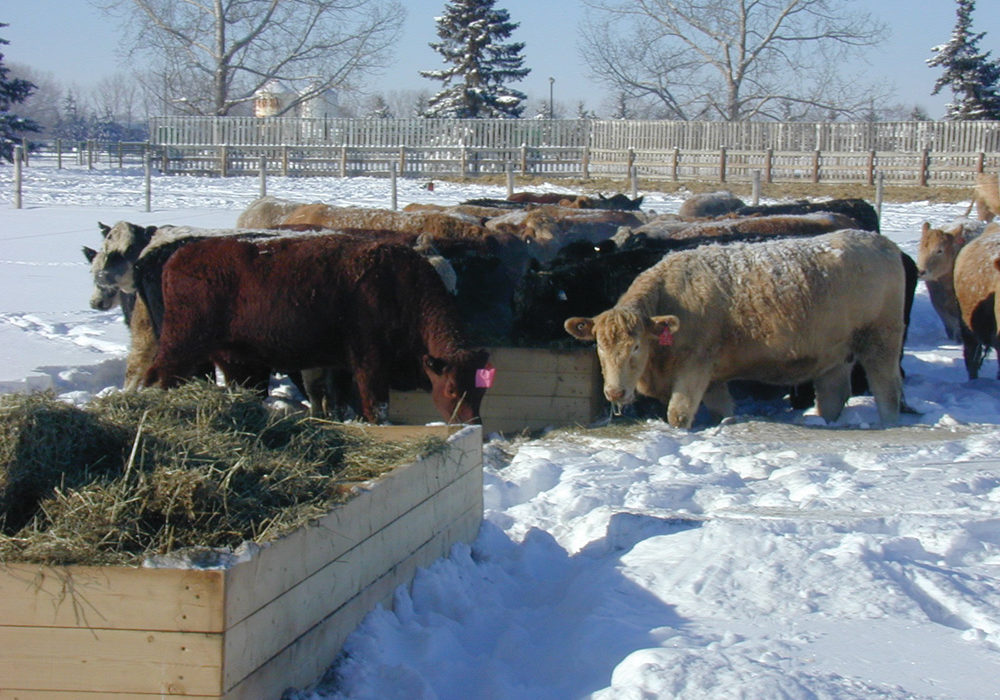Beef specialist Carl Dahlen, North Dakota State University Animal Science Department, became interested in this problem after the NDSU diagnostic lab necropsied a case of acute bloat associated with ingestion from a large wad of net wrap. He decided to compare various materials to see how well they break down (or not) in the rumen or move on through.
“We need to do studies looking at long-term implications of ingesting this material. Our study was a short-term look at what happens to it in the rumen,” he says.
Read Also

Body condition, nutrition and vaccination for brood cows
One of the remarkable events of the past century related to ranching has been the genetic evolution of brood cows….
Six types of material were evaluated: sisal twine, biodegradable twine, three different kinds of net wrap, and hay (bromegrass). The hay was a control sample, for comparison. Each material was cut into small pieces, and a two-gram sample put into nylon bags and placed in the rumen of two forage-fed Holstein steers.
“The nylon bags would not degrade in the rumen, yet the rumen fluid could come into the bag and bacteria action could occur in the bags. We kept some of these samples inside the cattle for 14 days,” says Dahlen.
After being in the rumen for various amounts of time (four, seven and 14 days) the bags were taken out and rinsed, drained and dried, then weighed.
“Nothing was disappearing. After 14 days in the rumen, none of the three types of net wrap or the biodegradable twine samples disappeared. Most of the hay sample was digested and gone, and more than 70 per cent of the sisal twine disappeared over the 14-day period. Biodegradable twine breaks down in UV light, but there is no UV light in the rumen, so it doesn’t break down in there,” he says.
“We did another study, feeding steers net wrap. One group was fed net wrap until harvest and another was fed net wrap up until 14 days before harvest. That group would have 14 days to continue eating and not have any new net wrap coming into their rumen. We wanted to see if the net wrap might go on through and if the rumen could clear itself of this material, or if this material would still be there after 14 days,” says Dahlen.
“This study looked at what might happen in the rumen if the net wrap is floating free in there while the animal burps, chews its cud, etc. It could come up with the other material, get chewed more — and the rumen is churning/pulling everything around inside it during the digestive process. We wondered if this might clear net wrap out of the system,” he explains.
“We opened those cattle up and there was still net wrap all through the rumen, even in the steers that hadn’t been fed any more net wrap for 14 days. That shows it is staying in there and may just keep accumulating.”
That wasn’t all they found. The rumens also held rocks and little pieces of plastic from the covering of a silage pile.
“These objects can either block on the front end, which would lead to bloat (hindering ability to burp) or block the other end, and the material can’t leave the rumen as readily.” This would create lingering effects like impaction, or weight loss because the rumen is full.















